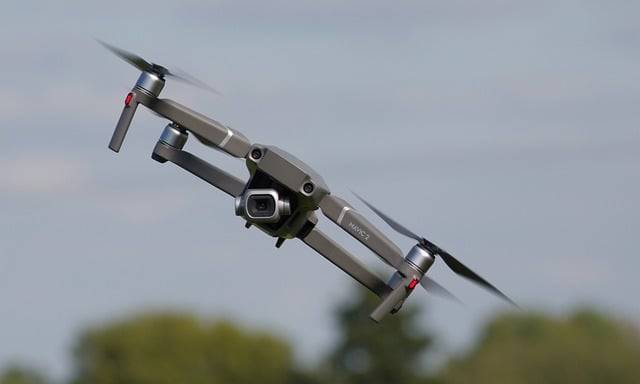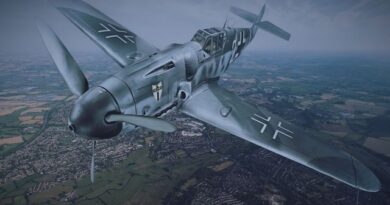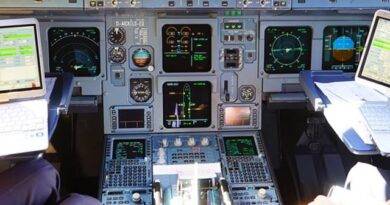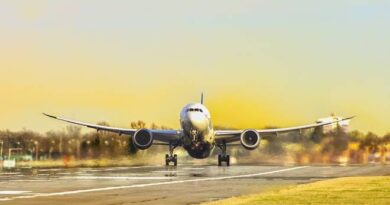The Rise of the Robot Farmer: How Drones are Revolutionizing Agriculture
Once relegated to military applications and hobbyist playtime, drones are taking flight in a new field: agriculture. These versatile aerial platforms are transforming how farmers manage their land, crops, and livestock, ushering in a new era of precision, efficiency, and sustainability.
Data-Driven Decisions: Drones equipped with high-resolution cameras and sensors gather invaluable data on crop health, soil moisture, and nutrient levels. This information empowers farmers to make targeted decisions about irrigation, fertilization, and pest control, optimizing resource use and maximizing yields.
Eagle-Eyed Guardians: Soaring above fields, drones provide farmers with a bird’s-eye view of their land. This aerial perspective helps identify early signs of disease, insect infestations, and irrigation issues, allowing for prompt intervention and reduced crop losses.
Precision Planting and Seeding: Drones equipped with specialized attachments can precisely plant seeds and distribute fertilizer, minimizing waste and ensuring optimal coverage. This targeted approach leads to more even growth and higher yields, especially in challenging terrains.
Livestock Management Made Easy: Drones help monitor the well-being of livestock across vast fields. They can track animal movement, identify strays, and assess herd health, saving farmers time and resources while ensuring animal welfare.
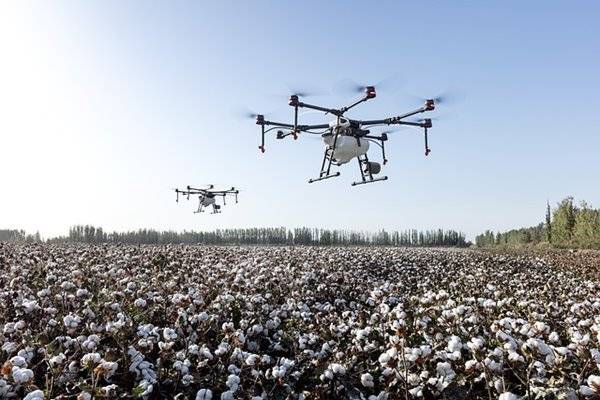
Sustainable Solutions: Drones play a crucial role in sustainable farming practices. By enabling targeted applications of pesticides and fertilizers, they minimize environmental impact and promote resource conservation. Additionally, drones can map soil conditions and identify areas needing improvement, leading to more efficient water usage.
The Future Takes Flight: The use of drones in agriculture is still in its early stages, but its potential is vast. As technology advances and regulations evolve, we can expect to see even more innovative applications, from automated crop spraying to real-time yield monitoring.
Growth and Market Size:
- While the global agriculture drones market is projected to reach significant value, exact estimates vary. Research firm Allied Market Research predicts a market size of USD 3.59 billion by 2027, growing at a CAGR of 16.4%. Gartner forecasts a larger market reach of USD 8.2 billion by 2025.
- Key factors driving growth include rising awareness of precision farming benefits, government support for technological adoption, and advancements in drone technology and data analytics.
So, the next time you see a drone buzzing over a field, remember – it’s not just a cool gadget. It’s a symbol of a revolution, transforming agriculture and shaping a more sustainable future for our food.
Optimize Your Farm with Drone Technology:
- Explore different drone models and their capabilities.
- Consider the specific needs of your farm and crops.
- Consult with drone service providers or agricultural experts.
- Embrace the data-driven approach to optimize your farming practices.
Together, let’s take agriculture to new heights with the power of drones!
References and Furhter Reading:
- DJI Agriculture Drone Insight Report 2021: https://www.dji.com/newsroom/news/agricultural-drone-industry-insights-report-2021
- The Benefits of Drones in Agribusiness: https://www.travelers.com/resources/business-topics/drones/innovative-drone-use-for-commercial-applications
- Using Drones in Agriculture and Natural Resources: https://www.nifa.usda.gov/about-nifa/impacts/using-drones-agriculture-natural-resources
- Federal Aviation Administration (FAA) Drone Regulations: https://www.faa.gov/uas
- Drone Technology In Agriculture: https://www.croptracker.com/blog/drone-technology-in-agriculture.html
- The Rise of Agricultural Drones: https://www.nytimes.com/2015/05/16/us/drone-flying-farmers-once-breaking-the-law-may-soon-gain-clearance.html
